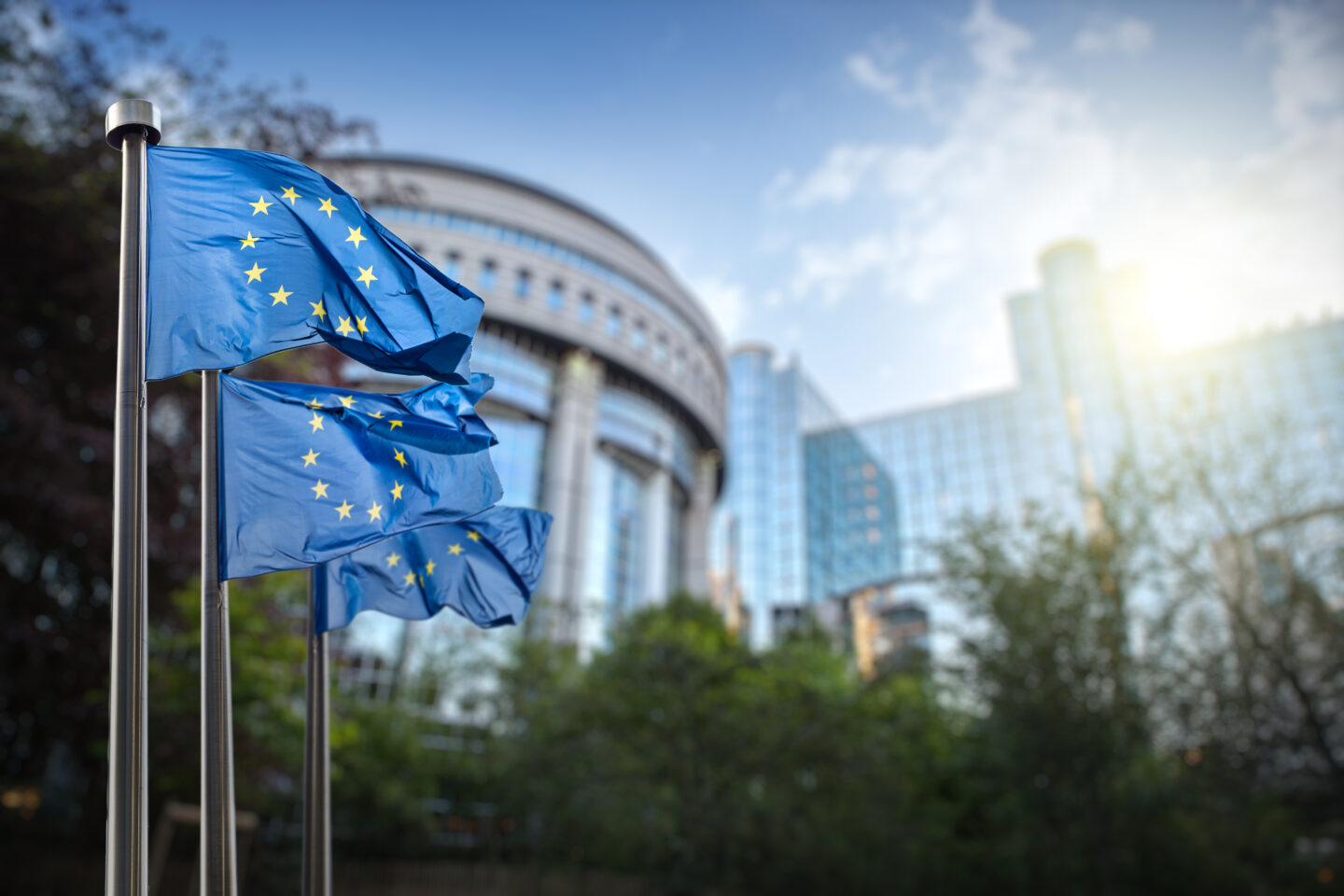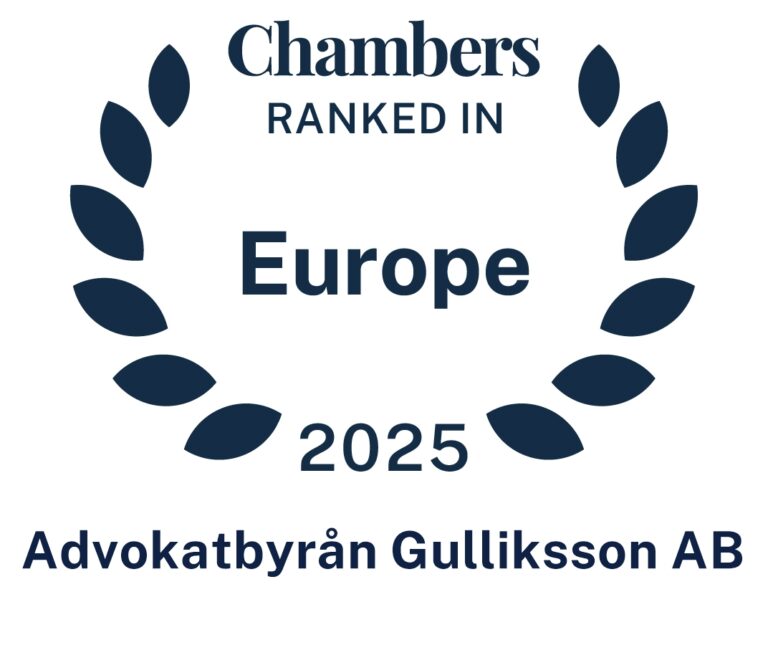Design protection safeguards the unique appearance of products and guarantees the holder the exclusive right, for up to 25 years, to utilize and monetize the design. Now there are some significant changes on the way aligning the design protection system in the EU with the digital age and making it more accessible and efficient.
Planned changes to the EU’s design system
The planned changes to the EU’s design protection system involves updates to both the Community Design Regulation (Council Regulation (EC) No 6/2002) and the Design Directive (Directive 98/71/EC), with implications both on an EU as well as on a national level. The new legislation derives from the 2020 Intellectual Property Action Plan adopted by the EU Commission, which included a proposal for an amended Community Design Regulation and a revised Design Directive. The proposal is currently pending before the European Parliament and Council. After being adopted, most amendments to the Community Design Regulation will become applicable soon (3 months) after its entry into force, while the rest will apply when the necessary delegated and implementing acts are enacted (18 months after entry into force).
Key aspects of the proposed EU Design legislation:
The proposed legislation has multiple objectives. It aims to modernize EU design protection, making it more relevant to our digital era and addressing critical issues of harmonization between the EU member states. Here are some of the most significant changes that are expected to be applicable in the future:
- Adaptation for the digital age: The proposed legislation seeks to align design protection with contemporary digital advancements. Notably, it simplifies the application process, allowing for modern methods like video submissions.
- Streamlining and cost efficiency: Efforts are being made to make the application process more straightforward and budget-friendly. The proposed changes include a reduction of certain official fees.
- Uniformity across the EU: The legislation aims to standardize design registration procedures throughout EU member states and ensure coherence with national design systems.
- Spare parts: This aspect of the proposal addresses the harmonization of rules concerning spare parts used for repair purposes of complex products. Initially, the EU left it to individual member states to decide on design protection for spare parts. This led to varied treatments across nations, impacting market competition and legal certainty, especially in the automotive and furniture industries. The proposed “repair clause” intends to prevent exclusive rights to spare parts necessary for repairs or restoring original appearance, commonly referred to as “must-match” parts. The new repair clause is heavily discussed and the final wording might differ from the proposed version. Nevertheless, it is advisable for holders of existing design registrations for spare parts to review their protection and assess whether another form of intellectual property could protect the part of the product.
- 3D printing: The scope of protection of a Community Design will be broadened encompassing 3D printing among the activities that can be prohibited. For example, it will be prohibited to create CAD-files to be used in 3D-printing without consent.
- Parody and referential use exemptions: The list of exemptions to the exclusive right of protected designs will be expanded by adding referential use and parody (and critique) as permissible uses.
- Defence against counterfeit: The protection will be strengthened as rights holders will be able to act against the mere transit of counterfeit products through the EU irrespective of whether the original design is protected or not in the country of origin or destination. The proposal mirrors the existing provisions concerning EU trademark law.
If you want to learn more about the design system and the upcoming changes, Gulliksson has an experienced design law team that specializes in design protection and related issues. We can assist you by creating a design strategy that best meets your needs and guide you through the process of applying for design protection. Please contact us if you want to learn more.







